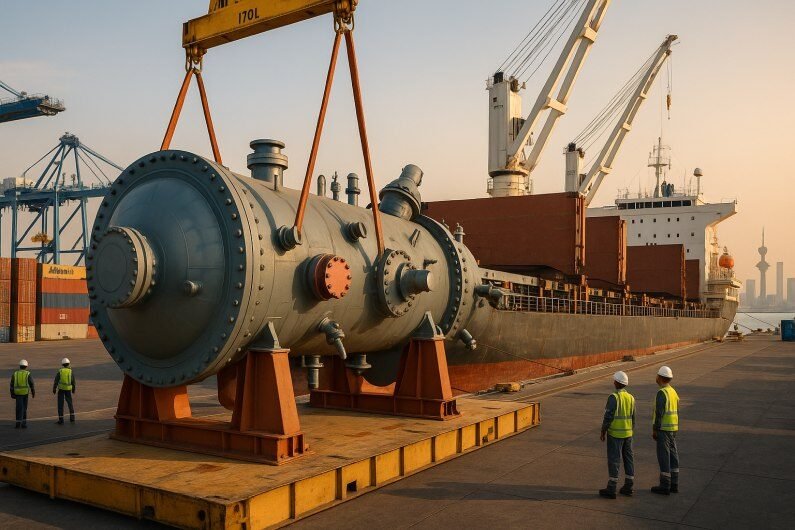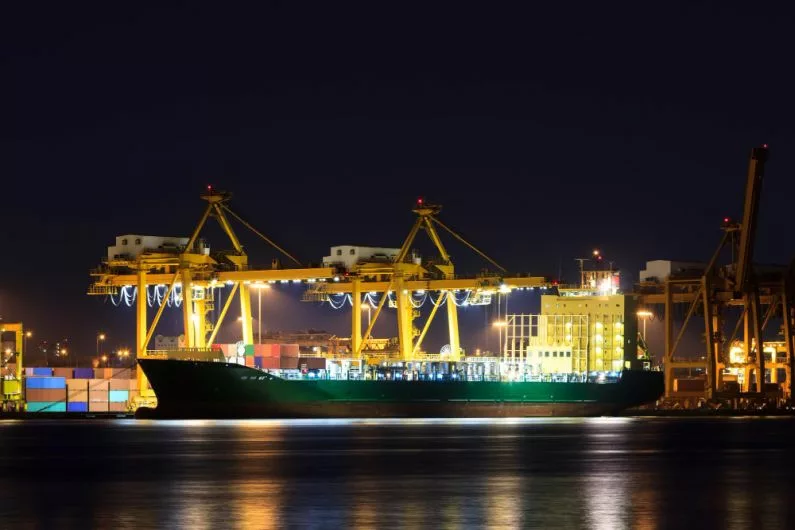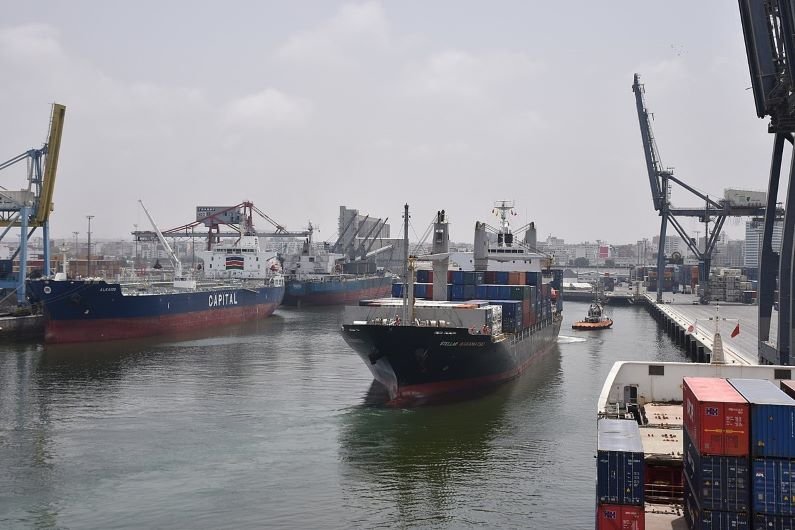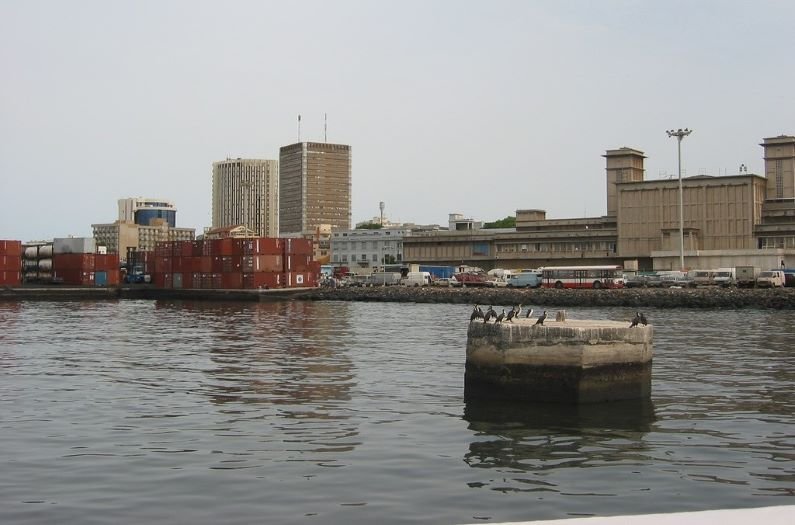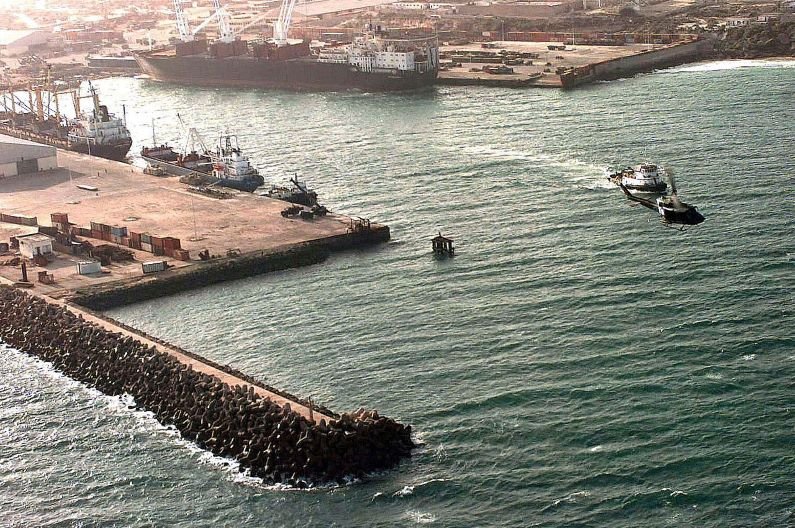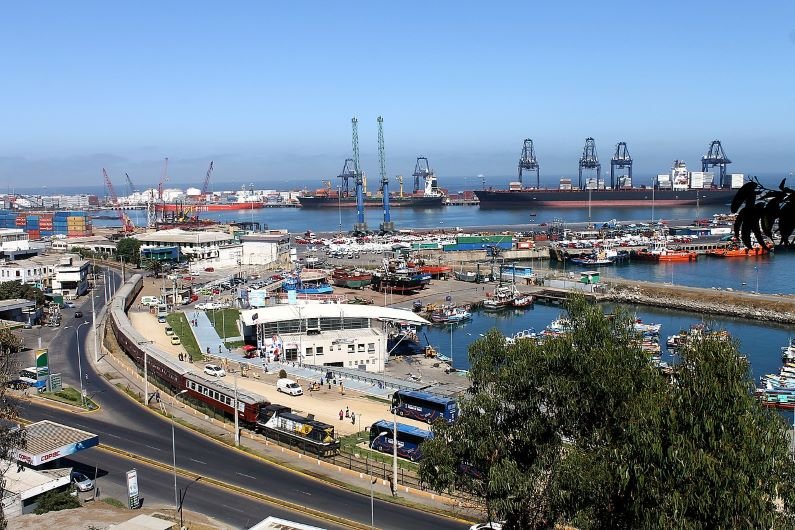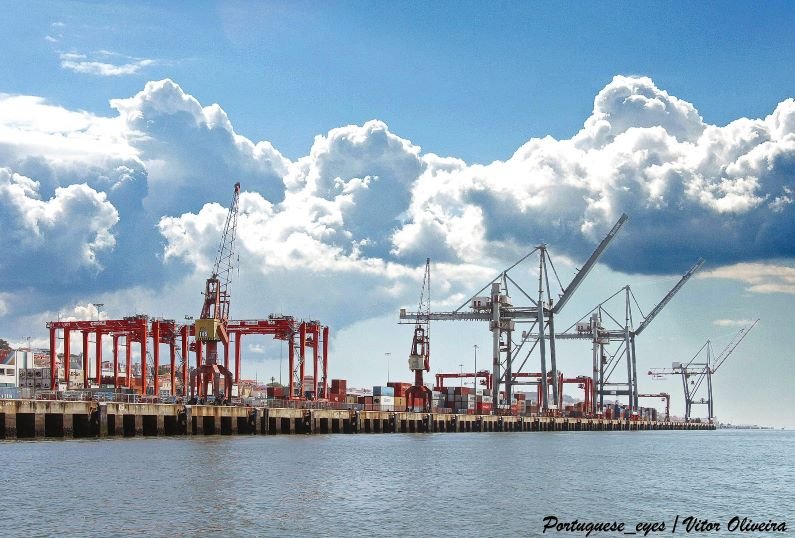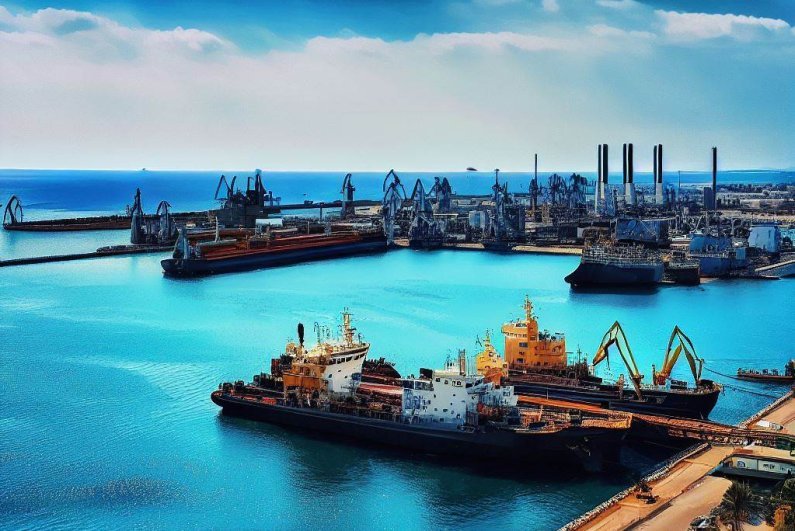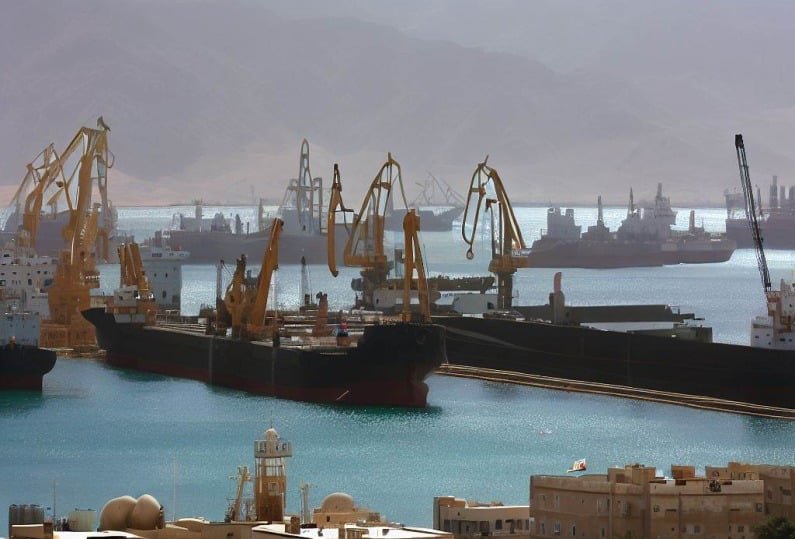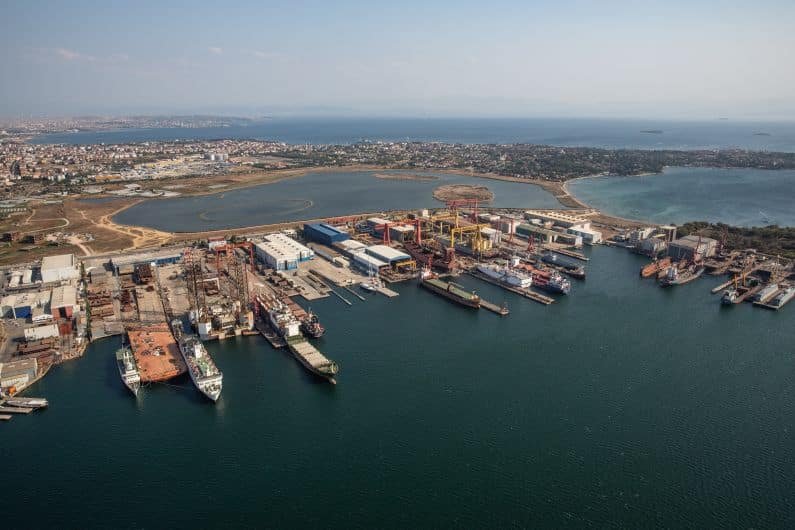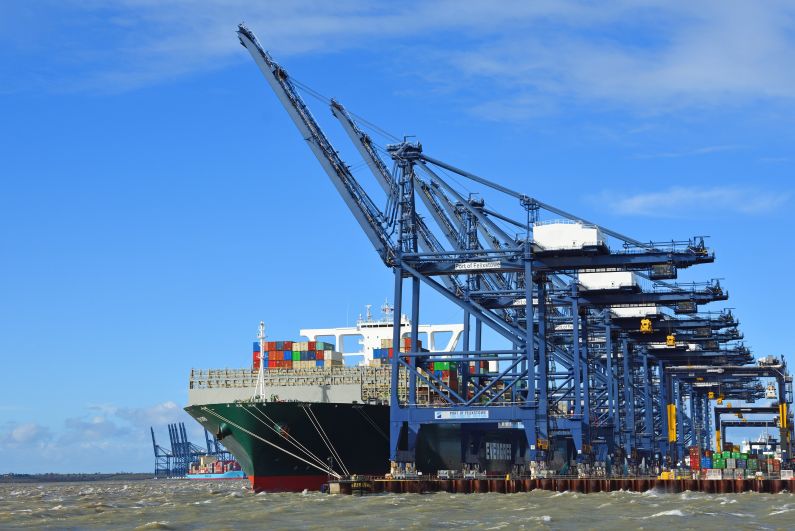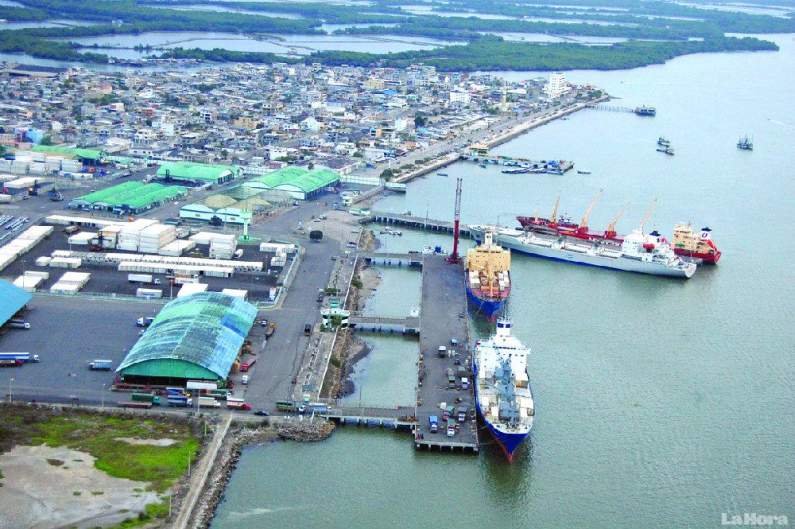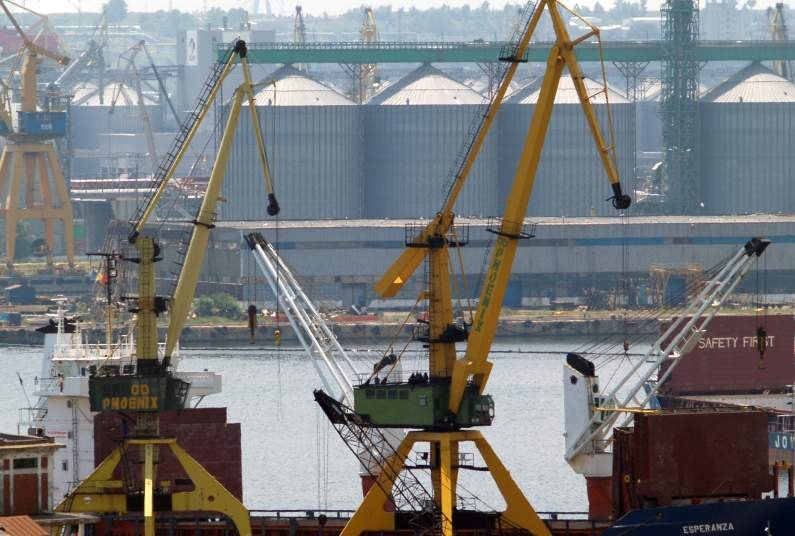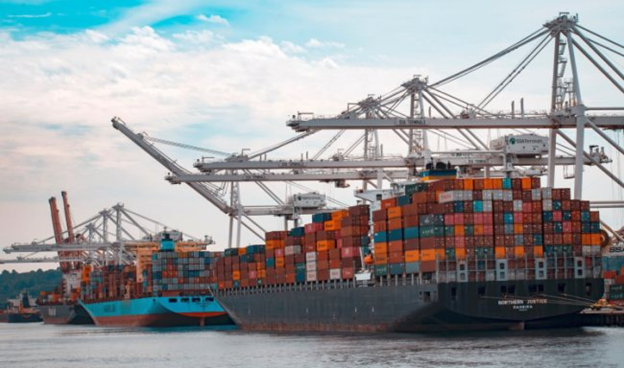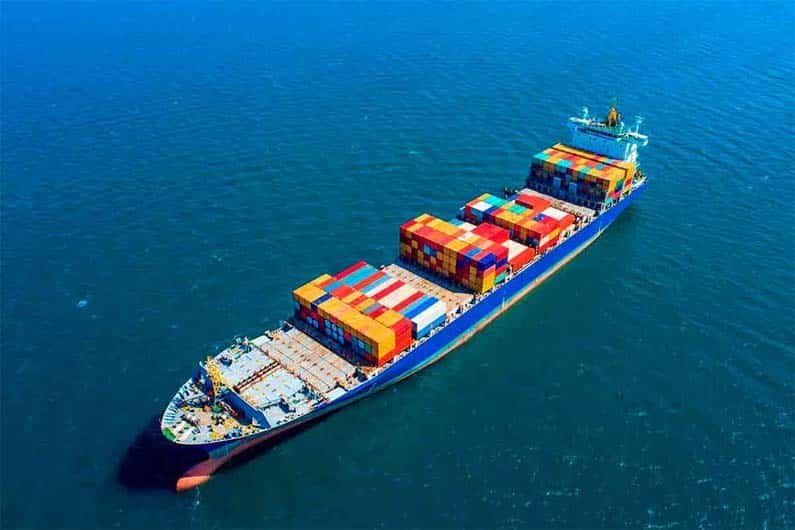Shipping to Sweden plays a vital role in global trade, supporting commercial shipments, industrial equipment, and personal freight across the Atlantic.
Sweden’s strategic location in Northern Europe and modern port infrastructure make it an ideal destination for U.S.-based exporters.
Below, you’ll find comprehensive guidance on shipping routes to Sweden, documentation requirements, cost factors, customs procedures, and how to select a reliable freight forwarder for your Scandinavian logistics needs.
Shipping From the USA to Sweden: Comprehensive Logistics Guide
Overview of U.S.-Sweden Shipping Routes and Transportation Modes
Multiple transportation modes connect the United States to Sweden, each offering distinct advantages for different cargo types and timelines.
Air freight, ocean freight, and combined multimodal solutions (land-sea routes) provide flexible options for exporters.
Understanding the characteristics of each mode—including transit times, costs, and cargo suitability—enables informed decision-making for your Swedish shipment.
Air Freight Shipping to Sweden
Air shipping is optimal for urgent, time-critical, or high-value shipments destined for Sweden.
Stockholm Arlanda Airport (ARN)—Sweden’s primary international aviation hub—provides reliable connections for cargo arriving from major U.S. gateways.
Air freight is ideal for medical supplies, electronics, spare parts, and perishable goods requiring rapid transit.
However, air cargo carries premium pricing and dimensional weight restrictions.
Typically, air freight transit from the U.S. to Sweden takes 2-5 business days.
Compare air options with sea and land modes to determine the most cost-effective solution for your shipment timeline and budget.
Ocean Freight Services to Swedish Ports
Ocean freight is the most cost-effective and practical solution for bulk shipments, heavy equipment, and non-urgent cargo to Sweden.
Port of Gothenburg (Göteborg) and Port of Stockholm are Sweden’s primary container and general cargo terminals, offering world-class handling infrastructure and established transatlantic shipping schedules.
Select from multiple ocean freight options:
- Full Container Load (FCL): Maximum security and cost efficiency for shipments filling a 20-foot (TEU) or 40-foot (FEU) container.
- Less than Container Load (LCL): Consolidated shipping for smaller consignments sharing container space with other cargo.
- Breakbulk cargo services: Specialized handling for oversized, heavy, or irregularly-shaped equipment.
- Vessel charter options: Dedicated vessel capacity for complex project cargo or multi-piece heavy equipment.
Ocean freight transit from U.S. Gulf ports to Swedish destinations typically requires 10-14 days for direct services, with longer transit times (18-21 days) for consolidated LCL shipments with multiple port stops.
Despite longer transit times, ocean freight offers substantially lower per-unit costs for large or heavy items.
Land and Rail Transportation to Sweden
Land-based shipping, often combined with ocean freight, leverages trucking and rail networks to connect U.S. origins to Swedish destinations via European distribution hubs.
This multimodal approach provides flexibility and door-to-door service.
Sweden’s Scandinavian neighbors—Denmark, Germany, Finland, and Norway—offer alternative entry points and distribution routes.
Trucking from continental European hubs to Sweden accommodates flexible scheduling, intermediate storage, and regional consolidation opportunities.
Learn more about the factors that impact international shipping costs and how to optimize your total logistics spend when planning shipments to Sweden and the broader Nordic region.
Shipping Costs, Rate Calculation, and Cost Optimization
International freight costs are determined by multiple variables including distance, cargo weight and dimensions, transport mode, seasonality, and currency fluctuations.
Additional charges may apply for customs clearance, value-added tax (VAT), handling fees, and destination surcharges.
Obtain detailed cost estimates using the freight quote form, which accounts for your specific shipment characteristics and selected routing options.
Primary Cost Drivers for Swedish Shipments
Distance and Route Selection
Greater transatlantic distance increases fuel surcharges and handling costs.
Shipments from U.S. Gulf Coast ports (Houston, Galveston, New Orleans) utilize established Atlantic shipping corridors with competitive rates to Swedish ports.
Alternative East Coast routes via ports in Norfolk, Savannah, or Baltimore may offer rate advantages depending on origin location and seasonal demand.
Weight, Volume, and Dimensional Factors
Larger or heavier shipments incur proportionally higher transportation costs.
Accurate weight and dimensional data enable carriers to select appropriately-sized vessels or aircraft, preventing expensive surcharges for dimensional weight or oversized cargo.
Professional export packing and consolidation strategies can optimize space utilization and reduce per-unit shipping costs.
Transportation Mode and Service Level
Air freight commands premium pricing (typically $2-8 per kilogram) but delivers cargo within days.
Ocean freight costs substantially less (typically $500-2,000 per 20-foot container depending on route) but requires 2-4 weeks transit.
Land and rail services offer intermediate pricing and transit times.
Select the mode balancing urgency, budget constraints, and cargo sensitivity.
How Are International Shipping Rates Calculated?
Carriers establish rates based on shipment size, destination port, market demand, fuel prices, and vessel availability.
For standard containerized cargo, rates are quoted per container (FCL) or per cubic meter (LCL).
Project cargo and specialized heavy machinery shipments receive tailored quotes reflecting rigging, specialized handling, and insurance requirements.
Currency exchange rates, seasonal peak-season surcharges (Q4), and geopolitical factors may influence final pricing.
Request detailed rate breakdowns to understand component costs (freight, documentation, customs, terminal handling).
Documentation Requirements and Customs Clearance for Sweden
Accurate, complete documentation is essential for efficient customs clearance and regulatory compliance when shipping to Sweden.
Missing or incorrect paperwork causes costly delays, storage fees, and potential cargo holds.
Swedish customs authorities enforce strict document verification protocols aligned with European Union import regulations, VAT assessment procedures, and product safety standards.
Essential Documentation for Swedish Imports
- Commercial Invoice: Itemized cost breakdown, payment terms, and Incoterms designation.
- Bill of Lading (ocean) or Air Waybill (air): Proof of shipment and carrier liability contract.
- Packing List: Detailed inventory with gross and net weights, dimensions, and mark numbers.
- Certificate of Origin: Document certifying country of manufacture and applicable trade agreement benefits.
- Product-Specific Documentation: Certificates of compliance, test reports, or regulatory permits (machinery, electronics, chemicals).
- Customs Entry Documents: Pre-filed customs entry forms facilitating Swedish Customs clearance.
Swedish Customs Procedures and Import Declarations
Upon arrival at Swedish ports (Gothenburg or Stockholm), your shipment enters the Swedish Customs system.
File complete entry declarations listing all cargo, values, HS codes, and applicable duties.
Consult with a professional customs broker to navigate EU tariff classifications, origin verification, and VAT assessment.
Brokers can obtain advance rulings on product classifications, accelerating clearance and preventing assessment disputes.
Duties, Taxes, and Import Restrictions
Import Duty Assessment: Sweden applies EU Common External Tariff (CET) rates based on product HS code classification, typically ranging from 0-25% of declared value.
Duty rates vary significantly by commodity; machinery and electronics often face lower rates (0-8%), while certain textiles and agricultural products incur higher duties (15-25%).
Value-Added Tax (VAT): Sweden imposes 25% VAT on most imported goods (reduced rates of 6-12% apply to specific categories).
VAT is calculated on the sum of invoice value plus import duties and transport costs.
Prohibited and Restricted Items: Sweden prohibits imports of weapons, explosives, narcotics, and certain agricultural products without specific permits.
Restricted items (animal products, plants, used machinery) require advance certification.
Always verify product compliance before shipping to avoid confiscation or penalties.
Shipping Vehicles and Containers to Sweden
Dedicated Vehicle Shipping Services
Transport vehicles (cars, trucks, agricultural equipment) to Sweden using specialized vehicle shipping services and RoRo (roll-on/roll-off) vessel charter.
RoRo minimizes handling risk and is ideal for wheeled or self-propelled equipment.
Prepare required documentation including vehicle title, bill of sale, vehicle identification number (VIN) verification, and proof of insurance.
Consult Swedish Transport Agency (Transportstyrelsen) for vehicle registration and environmental compliance requirements.
Container Shipping Options and Selection Criteria
Choose container types based on cargo characteristics:
- 20-foot Standard Container (TEU): Ideal for moderate shipments, less expensive to position.
- 40-foot Standard Container (FEU): Optimal for larger consolidated shipments, better per-unit cost.
- 40-foot High-Cube Container: Extra vertical clearance for voluminous but lightweight cargo.
- Flat-Rack or Open-Top Containers: Specialized equipment for oversized or project cargo.
Professional export packing with seaworthy crating, blocking, bracing, and desiccant protection ensures fragile or sensitive machinery arrives undamaged.
All cargo must meet Swedish and EU safety standards, electrical certifications (CE marking), and environmental regulations.
Shipment Tracking and Logistics Coordination
Reputable freight forwarders provide real-time shipment tracking from U.S. origin through Swedish port arrival and final delivery.
Coordinate pickup, port delivery schedules, and customs clearance with your carrier to maintain timeline reliability.
Modern logistics platforms enable visibility across all transit legs—from Houston or Gulf Coast ports through transatlantic ocean voyage to Swedish ports (Gothenburg, Stockholm) and onward delivery to neighboring Scandinavian markets (Finland, Norway, and Denmark).
Selecting a Professional Freight Forwarder for Swedish Shipments
A qualified freight forwarder manages critical logistics functions, including rate negotiation with carriers, customs documentation, cargo insurance arrangement, and emergency problem-solving.
Professional forwarders with Nordic market experience understand Swedish import regulations, port procedures, and seasonal rate dynamics.
Evaluate potential partners based on industry certifications (IATA, CLIA), carrier relationships, claims history, and client references.
Texas International Freight: Expert Logistics Solutions for Swedish Shipments
Texas International Freight offers comprehensive shipping solutions to Sweden, managing everything from standard containerized cargo and breakbulk shipments to heavy equipment, industrial machinery, and specialized project cargo.
Our team coordinates end-to-end logistics including U.S. pickup, export packing and documentation, carrier selection, customs clearance, and final-mile delivery to Swedish sites.
Contact our logistics experts for a customized quote and consultation on your Swedish shipping requirements.
Frequently Asked Questions: Shipping to Sweden
How long does ocean freight shipping from the USA to Sweden typically take?
Transit times vary by service type.
Direct ocean freight from U.S. Gulf Coast ports (Houston, Galveston) to Swedish ports (Gothenburg, Stockholm) requires approximately 10-14 days.
Consolidated LCL shipments with multiple port stops may require 18-21 days.
Air freight delivers cargo within 2-5 business days but at substantially higher cost.
What are typical shipping costs for cargo to Sweden?
Costs vary significantly by weight, volume, transport mode, and cargo type.
Typical ocean freight pricing ranges from $500-2,000+ per 20-foot container, while LCL rates typically range $1.50-4.00 per cubic meter depending on route and consolidation.
Obtain personalized quotes reflecting your specific shipment characteristics, origin location, and delivery requirements.
What goods are restricted or prohibited for import into Sweden?
Sweden and the European Union prohibit firearms, explosives, narcotics, certain agricultural products, endangered species, and hazardous materials requiring special permits.
Restricted items include animal products, live plants, used machinery requiring safety certifications, and electronics requiring CE (Conformité Européenne) compliance marks.
Always verify current regulations or consult a customs broker before shipping to prevent costly confiscation or legal penalties.
Can shipments be tracked in real-time from the USA to Sweden and neighboring Nordic countries?
Yes.
Reputable international freight forwarders provide online tracking and shipment visibility from U.S. origin through Swedish port arrival and final destination delivery.
Modern logistics platforms enable monitoring across all transit modes—ocean, air, rail, and truck—ensuring transparency from Houston or Gulf Coast ports through transatlantic transit to Sweden, Finland, Norway, and other Nordic destinations.
Does Texas International Freight handle specialized cargo and project logistics to Sweden?
Yes.
Texas International Freight regularly manages breakbulk cargo, oil and gas equipment, heavy machinery, oversized loads, and complex project logistics for construction, mining, energy, and industrial sectors.
Our project logistics expertise includes site surveys, rigging plans, specialized handling, and route optimization for non-standard equipment.
Contact us to discuss your specialized shipping requirements to Sweden and neighboring markets.
What should I know about selecting a reliable freight forwarder for Swedish shipments?
A trustworthy freight forwarder demonstrates core professional responsibilities including transparent rate quotes, accurate customs documentation, carrier vetting, cargo insurance arrangement, and responsive customer support.
Evaluate potential partners based on industry certifications (IATA, CLIA), Nordic market experience, carrier relationships, customer testimonials, and claims resolution track records.
Professional forwarders provide end-to-end supply chain visibility and serve as your advocate in resolving logistics challenges.






